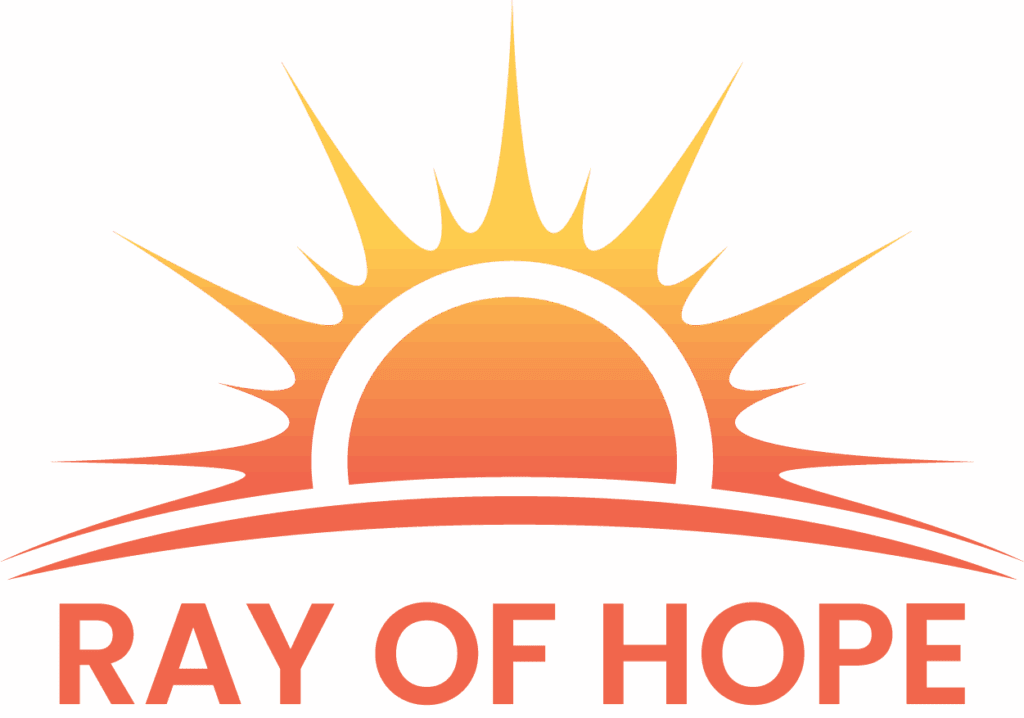In the ongoing battle against the heroin epidemic in Columbus and across the nation, various intervention models have emerged to provide support and treatment for those struggling with addiction. The Caduceus Meeting, a specialized approach often utilized for healthcare professionals facing substance use disorders, has been adapted in some communities to address heroin addiction more broadly. While this model offers several advantages, its limited scope represents a significant challenge in providing comprehensive care for individuals with heroin addiction.
Understanding the Caduceus Meeting Model
Caduceus Meetings were originally designed as monitoring and support groups specifically for healthcare professionals recovering from substance use disorders. Named after the medical symbol, these meetings combine elements of peer support with professional accountability and often include random drug testing, mandatory attendance, and reporting mechanisms to licensing boards or employers.
When adapted for general heroin addiction treatment in communities like Columbus, these meetings retain their structured approach but typically lack the professional monitoring components. They offer a specialized environment where individuals can discuss the unique challenges of heroin addiction with peers who understand the specific nature of opioid dependence.
The Critical Limitation: Scope Constraints
Single-Focus Approach in a Multi-Dimensional Problem
Perhaps the most significant drawback of the Caduceus Meeting model is its inherently limited scope. Heroin addiction rarely exists in isolation—it frequently co-occurs with:
- Mental health conditions such as depression, anxiety, or trauma-related disorders
- Social challenges including housing instability, unemployment, and fractured relationships
- Legal complications stemming from drug-seeking behaviors
- Physical health complications from injection drug use
- Financial instability and economic hardship
The Caduceus model, with its primary focus on the addiction itself, may inadvertently neglect these critical dimensions of recovery. This single-focus approach can create significant gaps in treatment, particularly for individuals whose heroin use is deeply intertwined with untreated trauma, severe mental illness, or profound social disadvantage.
Lack of Comprehensive Care Coordination
While the peer support component of Caduceus Meetings is valuable, the model typically lacks integrated care coordination. Attendees may receive excellent peer support regarding their substance use but must navigate other aspects of their recovery journey independently. This fragmentation can be overwhelming for individuals already struggling with the cognitive impacts of addiction and early recovery.
Many participants require:
- Medication-assisted treatment (MAT) with methadone or buprenorphine
- Individual therapy addressing underlying psychological issues
- Family therapy to repair damaged relationships
- Vocational rehabilitation to regain employment
- Housing assistance to establish stability
- Medical care for complications related to injection drug use
- Legal advocacy to address pending charges
The Caduceus model rarely incorporates these essential services within its framework, potentially leaving participants to coordinate their own care across multiple systems—a daunting task during early recovery.
Limited Accessibility and Inclusivity
The Caduceus Meeting format, with its roots in professional monitoring, often maintains a relatively formal structure that may not resonate with all individuals seeking recovery from heroin addiction. This limitation becomes particularly problematic when considering the diverse population affected by the heroin epidemic in Columbus.
The model may unintentionally exclude:
- Individuals with limited education or formal communication skills
- Those from marginalized communities who may feel alienated in professionally-oriented settings
- People with co-occurring cognitive impairments or developmental disabilities
- Individuals experiencing homelessness or extreme poverty who face practical barriers to regular attendance
This lack of inclusivity can inadvertently reinforce existing disparities in addiction treatment access and outcomes.
The Need for Integrated Approaches
The limitations of the Caduceus Meeting model highlight the necessity for more integrated and comprehensive approaches to heroin addiction treatment. Effective interventions must address not only the substance use itself but also the complex web of factors that contribute to addiction and potentially hinder recovery.
Research consistently demonstrates that integrated care models—those that address mental health, physical health, social needs, and substance use simultaneously—produce better outcomes than fragmented approaches. Such comprehensive models recognize addiction as a complex biopsychosocial condition requiring multifaceted intervention.
Bridging the Gap: Comprehensive Care Options
For individuals and families affected by heroin addiction in Columbus, understanding the limitations of any single treatment approach is crucial for making informed decisions about care. While Caduceus Meetings may offer valuable support for some aspects of recovery, complementary services are essential to address the full spectrum of needs.
Organizations like Ray of Hope Behavioral Health represent an alternative approach, offering integrated treatment that addresses the multidimensional nature of heroin addiction. With services spanning medical detoxification, medication-assisted treatment, trauma-informed therapy, family counseling, case management, and long-term recovery support, such comprehensive programs aim to bridge the gaps left by more narrowly focused interventions.
Moving Forward: A Call for Comprehensive Care
The heroin epidemic in Columbus demands responses that match the complexity of addiction itself. While Caduceus Meetings provide valuable peer support and accountability, their limited scope highlights the need for more integrated approaches.
For individuals and families navigating the challenges of heroin addiction, seeking comprehensive care that addresses all dimensions of recovery—physical, psychological, social, and spiritual—offers the strongest foundation for lasting change. By recognizing both the benefits and limitations of models like the Caduceus Meeting, communities can work toward developing treatment systems that leave no aspect of recovery unaddressed.
If you or someone you love is struggling with heroin addiction, consider exploring the comprehensive services offered by Ray of Hope Behavioral Health, where the full spectrum of recovery needs is addressed through integrated, person-centered care. Remember that complete recovery often requires multiple forms of support working in concert—a reality that underscores the importance of comprehensive treatment approaches in addressing the complex challenge of heroin addiction.




